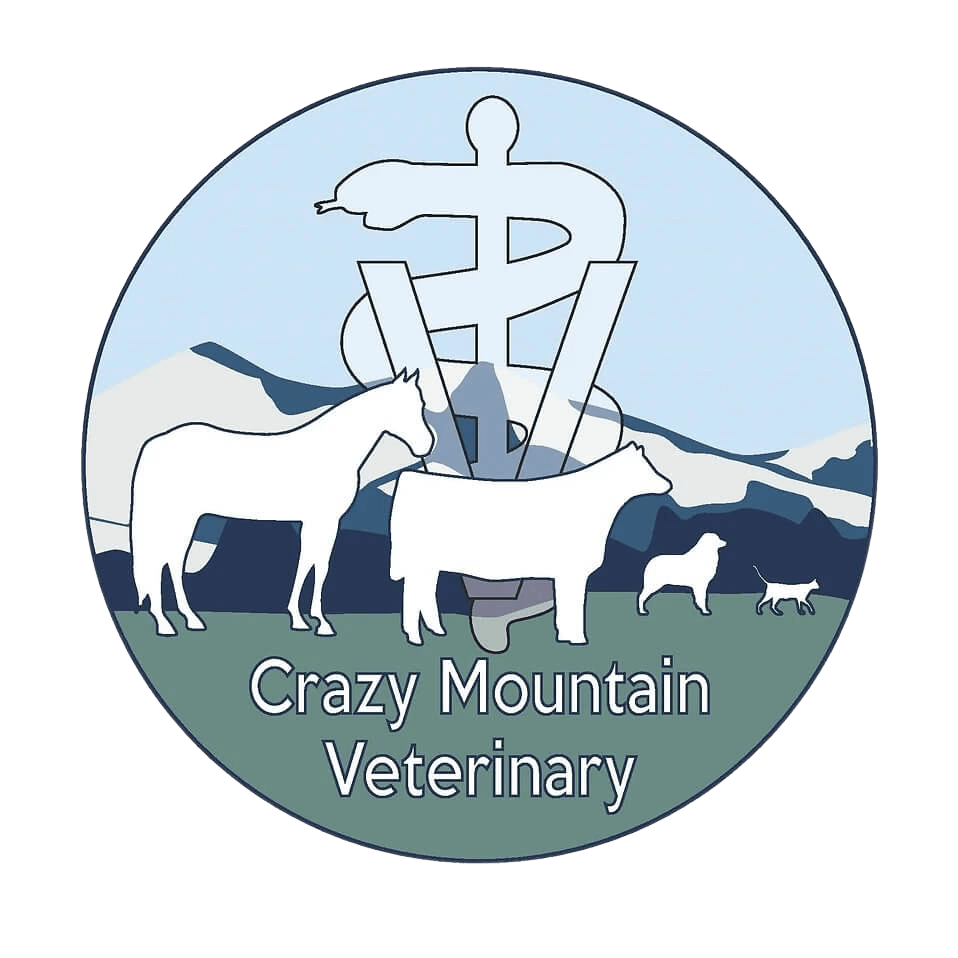What is colostrum?
Colostrum is the first milk. It should be sticky, yellow, and thick. It is a rich source of energy, antibodies, growth factors, colostral fat (special energy to help calves thermoregulate), antimicrobials, nutrients, and 200+ essential elements for neonates to build an immune system and survive life challenges.
Calves are born with a naive immune system because there is no transfer of antibodies across the placenta. Colostrum is essential for neonates, as it gives the calf immunity. The calf’s gut is permeable and able to absorb the IgG in colostrum, but it can also absorb environmental pathogens. Having a clean environment decreases the bacterial load calves are exposed to. Calves that do not ingest enough colostrum early place the entire calf crop at higher risk, as they are more prone to infection and can trigger diarrhea outbreaks. Early identification and supplementation of high-risk calves can prevent scours and improve overall herd health. Therefore, colostrum feeding is a timed event!
How much is needed?
- 200–300 grams of IgG within the first 6 hours for passive transfer
What can affect colostrum quality and quantity?
- It takes 6–8 weeks to make colostrum – consider vaccination timing, scours vaccine, etc.
- Sickness in the cow prior to calving (foot rot, pneumonia, etc.)
- Heifer vs. mature cow vs. older cow – heifers and older cows have less colostrum than mature cows.
- Body condition score (ideal is 5/9 or 6/9) – thinner cows make less or no colostrum.
The best is to use colostrum directly from the dam, but if unavailable you have a choice.
Colostrum Supplement or Replacer?
- Supplements are used with dam colostrum, not as a replacement.
- Replacers are used when the dam’s colostrum is unavailable.
- Purchase USDA-approved colostrum.
- Do not source colostrum from another farm/ranch – it may carry pathogens like E. coli, Rotavirus, Coronavirus, Johne’s, or Mycoplasma bovis.
- Natural untreated bovine colostrum varies in immune factor concentration and may also be contaminated.
- Buy products with at least 18% natural colostral fat.
- Avoid products made from blood or whey with vegetable fats, and avoid low-fat or defatted colostrum products.
- Recommended products:
- Calf's Choice Total Gold
- Calf's Choice Total Hi-Cal
- Colostrx
Who needs colostrum?
- High-value or high-risk calves (dystocia, cold temperature, etc.) need extra, high-quality colostrum quickly.
Colostrum is for scouring calves too!
Feeding smaller amounts of colostrum after day one can help prevent and control diarrhea. Adding 5–10 g of IgG per feeding can reduce scours from E. coli, rotavirus, and coronavirus. This can be achieved by feeding 100–200 mL of first milking colostrum or 25–50 g of a high-quality replacer. We recommend feeding 150 g of colostrum to a scouring calf (about 1/5 of a Calf’s Choice Hi-Cal bag). Always milk out a cow and feed colostrum to a calf after any stressful calving intervention.
Tips for Storing Colostrum
- Refrigerate within 24 hours at 1–1.5°C (33–35°F).
- If not used within 24 hours, freeze within 1 hour at -20°C to -21°C (-5°F). Safe for 6 months (some say up to 1 year).
- Avoid repeated freeze-thaw cycles – they destroy antibodies.
- Fresh colostrum must be cooled rapidly to slow bacteria growth. Divide into 1–2 quart (1–2 liter) containers for rapid chilling and easy reheating. Ice baths or frozen water bottles in the pail can also speed cooling.
NEW: Lamb/Kid Colostrum
- Contains 75 g of IgG per bag.
Is it safe to feed bovine colostrum to lambs and kids?
Yes. Bovine colostrum provides the same nutrients and growth factors as ewe and doe colostrum. It prevents starvation when fed early in recommended amounts. However, it contains less fat (2.5–3.5 times lower than ewe/doe colostrum), so more should be fed in cold conditions to prevent hypothermia.
Bovine colostrum contains antibodies against most common diseases of newborn small ruminants (E. coli, rotavirus, Mannheimia, Pasteurella, PI3 virus), but not against OPP (ovine progressive pneumonia) or CAE (caprine arthritis encephalitis). If these diseases are present, lambs/kids remain at risk.
Lambs and kids must receive at least 50 mL/kg of colostrum soon after birth. In the first 24 hours, they need 200 mL/kg body weight, or at least 30 g IgG. For a 3 kg newborn, that means ~600 mL in the first day, divided into 2–3 feedings.
Dr. Becca Woodford
